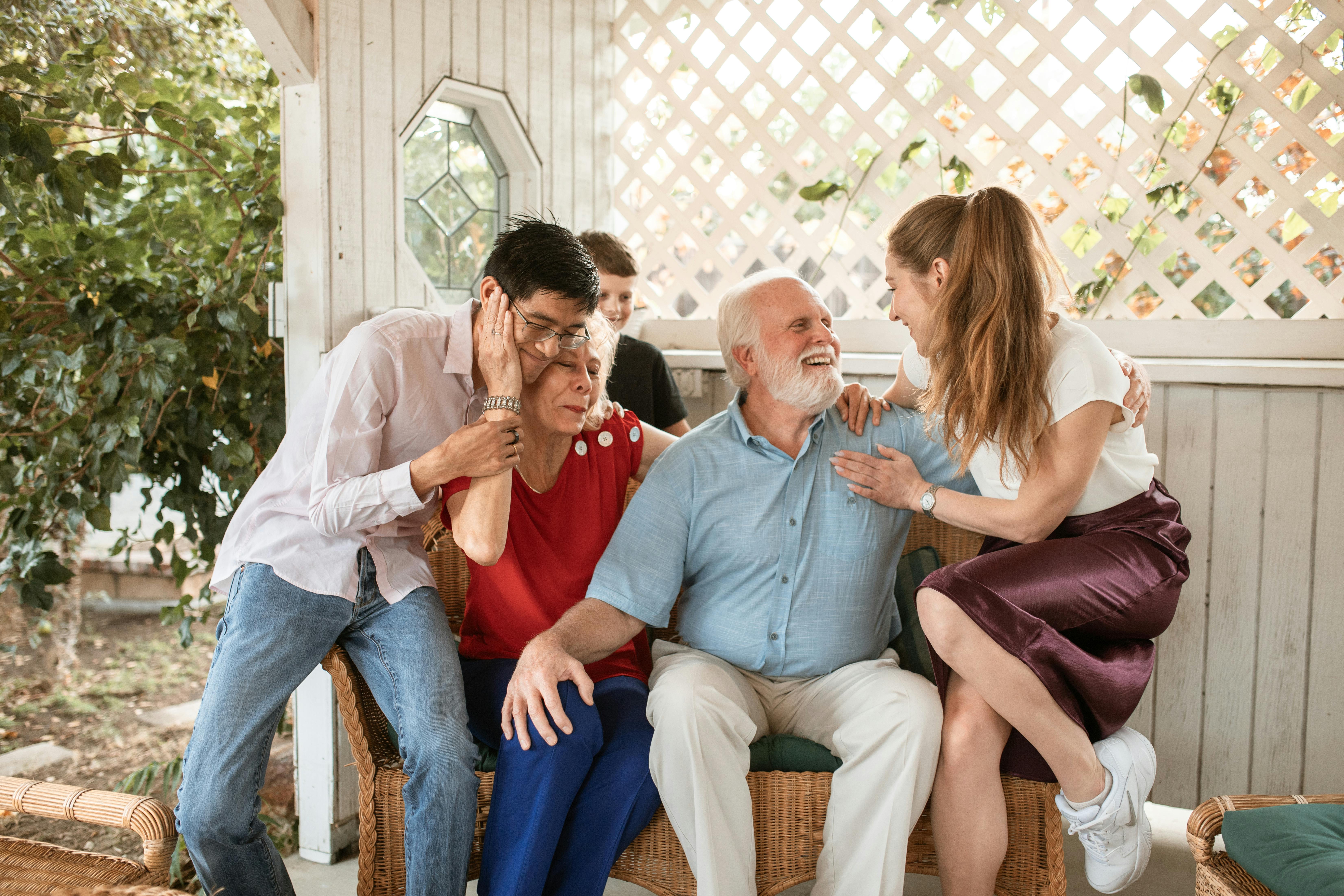You’ve decided you want to exercise more and get fitter, but what exactly does that mean? Simply telling yourself to get fit doesn’t always work, the best way to get motivated and stay motivated to exercise is to avoid generalizing and be more specific with yourself. You need to set specific bite size goals so you know exactly what you need to do to stay on the path to achieving the new you. This is especially important for those who are just beginning a fitness campaign, as it is essential to feel a sense of accomplishment in the early stages of exercise to motivate yourself and want to do more. Ideally, you should set short-, medium-, and long-term goals that are challenging yet achievable.
long term goals
These are ultimately what you want to achieve. So do you want to eventually be able to run 3 miles in thirty minutes, do 25 push-ups in a minute, increase those biceps by 2 inches, or lose 30 pounds in six months? You need to decide this first and write down exactly what you want and how long it will take to get there. This is what you are ultimately looking for. The next step is to break your long-term goals into smaller chunks and time periods to get medium-term goals.
Medium-term goals
These will allow you to measure your progress on the path to your long-term goals so that you hopefully feel that all-important sense of accomplishment as you reach each medium-term goal. So, for example, if you wanted to lose 30 pounds in six months, this would break down to just over a pound of weight loss per week. This is the medium term goal to aim for, if you achieve it you know you are on your way to finally losing 30 pounds. As each week’s goal is reached, you’ll feel motivated to continue your exercise routine knowing you’re on target.
Short-term goals
These are important when first starting out with an exercise regimen. These should be relatively easy to pull off, but should still give you the feeling of moving on. For example, deciding to walk the fifteen minute round trip to the stores instead of taking the car or deciding to start over with the yoga class you used to love but gave up because you never had the time. These goals are best when written down on paper so you’re more inclined to stick to them. The purpose of your short-term goals is to get the ball rolling and get you started on taking steps to exercise. Once you have the drive to exercise, you can set your medium to long-term goals.
So the key to staying motivated to exercise is to set goals and monitor your progress against them. You should have a long-term goal that breaks down into achievable medium-term goals that are on a small enough time scale that you can see for yourself that you’re making progress toward your ultimate long-term goals. Achieving your mid-term goals will motivate you to go ahead and stick with your exercise regimen.
